Data
7
min read
Creativity In the World of IoT: Discovering Where Art and Engineering Collide
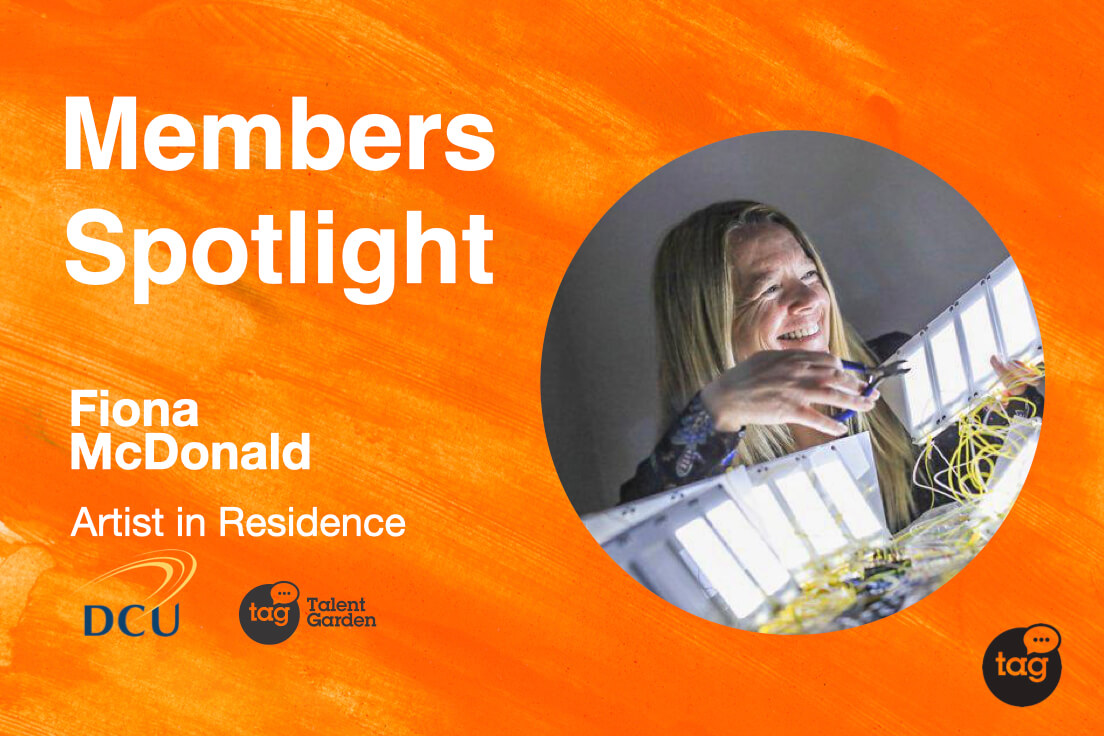

Don't you want to read? Try listening to the article in audio mode 🎧
Fiona McDonald is a Dublin based interdisciplinary artist and currently an Artist in Residence in Innovation and Technology at Talent Garden Dublin. At the intersection of art and engineering, working primarily with sculpture, sound, installation, print, hardware and code to create process-based data-driven works. She has taken part in group exhibitions at Broadstone Studios, LAB Gallery, Green on Red Gallery, Hugh Lane Gallery and the Drawing Project. Her works have been exhibited internationally in Copenhagen, Paris, New York and Los Angeles.
Ahead of her debut at the Women in the Machine, we spoke to Fiona about her upcoming works and inspiration towards her interest in Fine Art and IoT innovations!
To kick us off Fiona, can you tell us about what you’ve been working on recently?
Over the past few months I have been working on a few new projects, leveraging different technologies. I have been working with Taoglas - a leading enabler of digital transformation through IoT. I was lucky enough to get my hands on one of the company’s Internet of Things Taoglas’ EDGE™ IoT starter kit. I started bringing the IoT kit up into the mountains in Carlingford and used it to monitor weather data. The IoT kit allows me to use hardware which monitors and collects data and sends it back to the Taoglas Insights, a cloud-based software platform, in real-time. Typically found in smart E-Scooters I apply these technologies with new agendas in unexpected ways on the mountain scape, collecting different data sources and to create something quite different and poetic. The IoT kit has a very high precision GNSS. The high precision one centimetre positioning will be really important for the next phase of my project. It has three inbuilt sensors; ambient light, heat and humidity. I had been really interested in different networks such as LoRaWan and how it is used for sensors in outdoor spaces. I was very excited to use the Taoglas’ EDGE™ IoT starter kit which is also mobile. The sensor monitors and collects real-time data from this location. I then use Processing a programming language to get the data from Taoglas API and create a system that relays a representation of a dynamic living landscape and fluid environmental conditions in digital form. Translating the data into a generative drawing and data sonification. In this way, my work uses technical devices to expand human senses to define how outdoor spaces can be defined differently.Amazing! Is there anywhere we can view your work?
My recent work has been selected for an exhibition called Women in the Machine as part of the Carlow Arts festival. Five coded video works will be displayed on Raspberry pi screens and a Texas Instrument mini projector. The audio from all the works subtly overlaps in the acoustic space. For the duration of the exhibition I have also installed a Taoglas EDGE™ IoT starter kit at VISUAL Gallery. During the course of the exhibition I will access this data remotely to create new web based work which responds to data collected in real-time. These works will respond to the changing levels of ambient light, humidity and temperature at VISUAL Gallery. Launching on 11th June, Woman in the Machine is part of the Carlow Arts Festival, VISUAL’s Summer Programme and is presented as part of Brightening Air | Coiscéim Coiligh, organised by the Arts Council. My work is also available for viewing in a Virtual Reality space that replicates the Women in the Machine show, as well as featuring in a short film about the female-led exhibition. There will be a ticketed event taking place in the former Braun Factory in Carlow for three days from 11th-13th June and a three month feature exhibition in VISUAL, one of Ireland’s leading contemporary art spaces. It's a really modern building and I have always wanted to show some work there, so I am delighted to have my work featured there.Can you talk us through your inspiration and ideas for your residency here.
I have a background in Chemistry and Fine Art and I have completed a Masters Degree in Multimedia in Trinity College Dublin. Since 2007 I have been working with physical computing and sensor technology. Recently, I took part in a residency in UCD, where I collaborated with astrophysicists in their physics department. We created a sculptural work that responded to real-time satellite data and pointed to the position of the mostly recently detected gamma ray bursts.During another residency “An Urgent Enquiry” I worked on a project related to climate change and biodiversity on Bull Island. I created a geo-located audio app that explored environmental sensors and plants and animals that act as bioindicators which are natural sensors of climate change. When I was awarded this residency at Talent Garden I was keen to explore the concept of translating nature. I work mainly within the IoT world, leveraging sensor technology. I wanted to create data driven sculptures and sound installations that respond to environmental data."Gamma ray bursts (GRB’s) are the most violent explosions in the universe, they occur the instant before a star explodes. Everything we are, the entire periodic table, emanates from this moment in time."
"I also wanted my project to focus on learning by doing. The space between thinking and doing is fundamental to the way I often work, it also gives space for creative possibilities."
In the videos that will be in the Women in the Machine exhibition - How does the data translate to what we are hearing and seeing? Do you create work inspired from this or does the data manipulate the sound and visuals?
The kit is actually collecting data throughout the day. If I go out for six hours, the sound and data driven drawing will be relative to those six hours. I create a custom designed algorithm which is used to transcode environmental data collected into generative soundscapes and drawings. The environmental data, ambient light, temperature and humidity is recorded from these locations and sent back to the Taoglas® Insights™platform. The data driven drawing/animation is layered on a static photograph taken at a sensor data collection point. The system also responds to the collected fluctuating data using it to modulate the frequency of a sine wave oscillator creating a soundscape. In this way, the viewer is given access to different forms of pattern recognition. In creating this generative work I set up a system that has a certain degree of autonomy. The potential for complexity within the algorithms gives many possibilities for a variety of outcomes. In this way the machine can act as a living organic system. In creating the system I was also aware that I am making subjective decisions around the manipulation of data. I make decisions for instance in relation to the frequency of how often the data is collected and also other parameters of the software. In this way the work reflects on ideas of objective knowledge, how algorithms work and how the decisions we make when transcoding data are not impartial. Processing the programming language allows me to change other parameters. Envelopes in generative sound synthesis are used to give you pre-defined amplitude distribution over time. I use them to create that “click” sound.Being an artist requires a lot of creativity, whereas working in data management is more technical. How do you find a balance between these two ways of working?
Normally when an artist starts a residency in partnership with a technology company one option might be to work with a programmer who does all the coding to create the work. I like to learn as much as possible about the technology I am working with and write the code if possible. This means when I am creating the final piece I know how changing a line of code changes the work and this gives me more creative freedom. I also love the process of creating myself, because if you get an idea while working through a problem you can follow that impulse or idea. Engineers are often working towards one predefined goal. Artists come to the same field with a different set of questions and certain lack of goal they can afford to play or break things just to see where that gets them. Different affordances allow artists to do things differently. For instance it may be the artist’s objective to bring a critical lens to the troubling ideas around objective knowledge. The work might be quite simple from a programming point of view but still manage to be a concise enquiry into these kinds of questions. Another question I would like to attempt to ask in the next phase of the residency is how does a neural network work? I am really looking forward to working with the data I collect to make a work that uses Machine learning, perhaps to visualize a neural network in some way. I have been talking to the awesome Machaela at Talent Garden for some direction in choosing what tools I might use to do this, so that I can learn through making. I have also met with the machine vision team at Taoglas to get some direction on how to make a mobile work that uses three dimensional computer vision cameras.You joined us in 2020 as Artist in Residence. Have you been able to connect with any members of our community?
Yes, the Talent Garden team made sure I spoke to all the relevant companies in the ecosystem. Every Friday I met with a different company from the Talent Garden and DCU Alpha communities. Dr. Guy Serbin from EO Analytics was one of the first people that I met. He works with satellite data and he's doing some research about Fire, Land & Atmospheric remote sensing which I find really interesting. I also spoke to two medical device companies BlueBridge Technologies and Endotronix both doing really exciting and important work. These meetings allowed me to research the company’s work and to brainstorm a lot of ideas, from using heart beat data from sheep, to a computer vision project at a beehive, to working with breath and ideas of the air we breathe. I am looking forward to linking back in with some of these companies. When I spoke to Taoglas things really started to come together and I ended up working with their mobile ITaoglas EDGE™ IoT starter kit . The team has been really helpful and supportive, it takes time to build up these relationships. I am also fascinated with the antenna research Taoglas do.How has your experience been at Talent Garden in the past year? Did you find hybrid working at a coworking space to be challenging?
Yes, I definitely find that I focus better when I work from Talent Garden and you know, if I hadn't been here in the Talent Garden community I wouldn't have met the diverse range of companies and had the inspiration or connections to create this new piece of work or the works that I plan for the future. This past year has made me realise how great it is to have platforms like zoom, allowing you to work from anywhere but it has been challenging at times. The pandemic has also perhaps given us time to slow down & to shift our perspective of how interconnected we are with nature. This is the central idea to what many researchers are calling the anthropocene. The anthropocene is a new geological era that we have entered, one that is being defined by human impact on earth, the idea that humans have become an environmental force. We are having to throw out the antiquated idea that the environment is somehow separate and that we are not connected to it, it demands that we understand that we are connected. I am also interested in the discussion around the impact that data centers and cloud computing and the vast amount of energy they need have on the environment. The minerals we mine to use in technology, these resources are constantly depleting at an ever increasing rate. How companies work to improve the performance of their technologies to lower their impact on the environment is something I am curious about."Connecting with companies at TAG who in some way are invested in these ideas has also been really beneficial."
Article updated on: 09 August 2023

Don't Waste Your Talent. Turn It Into a Career With a Course That Fits Your Needs!
Talent Garden is your Digital Skills Academy, offering courses in Digital Marketing, UX Design, Digital HR and Data Analysis designed to launch your career.
Keep reading
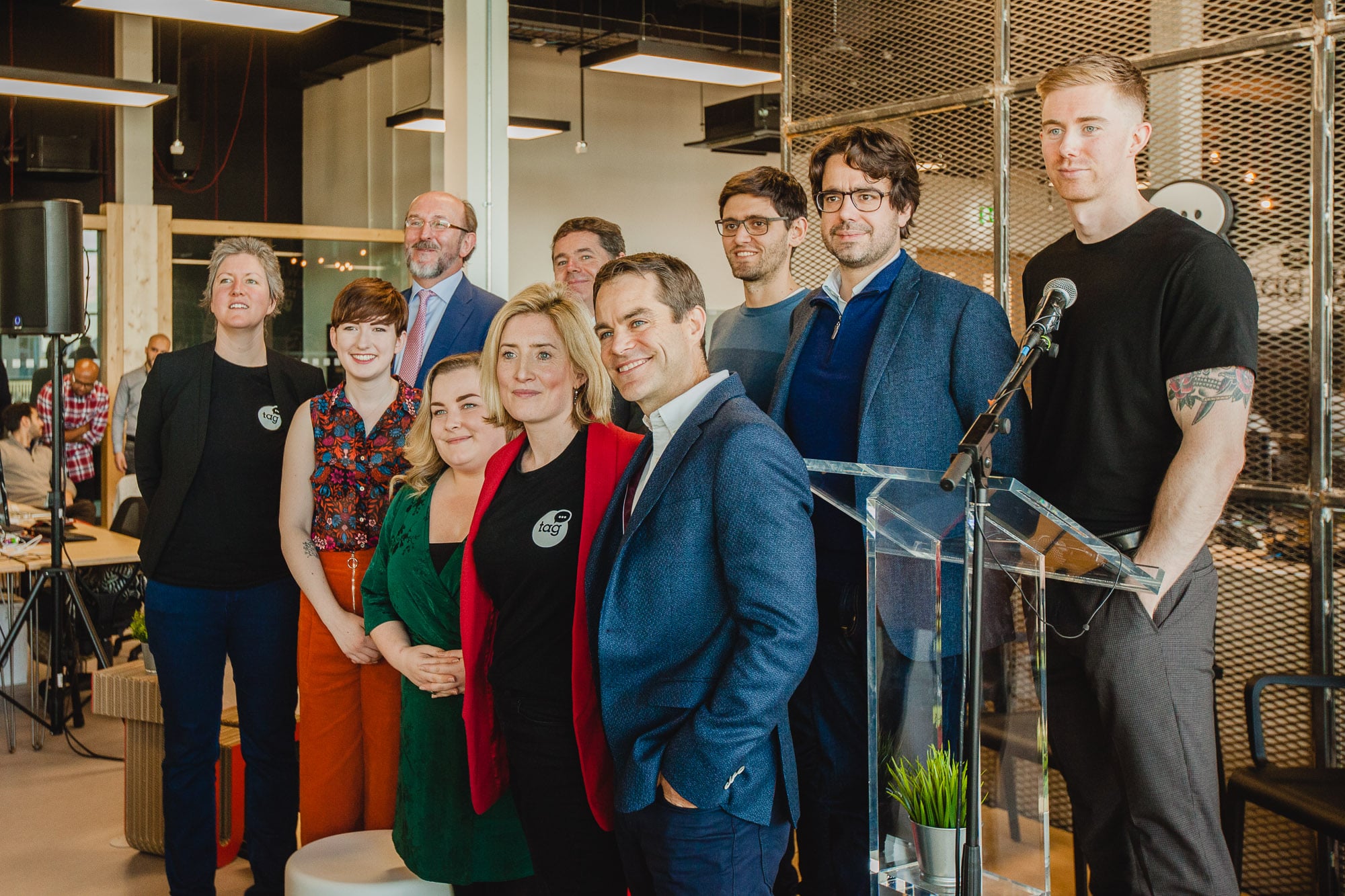
7
min read
Minister Donohoe Opens Talent Garden Dublin Campus
The launch of our Dublin campus in partnership with Dublin City University marks the first groundbreaking European ...
Talent Garden
15/10/2018
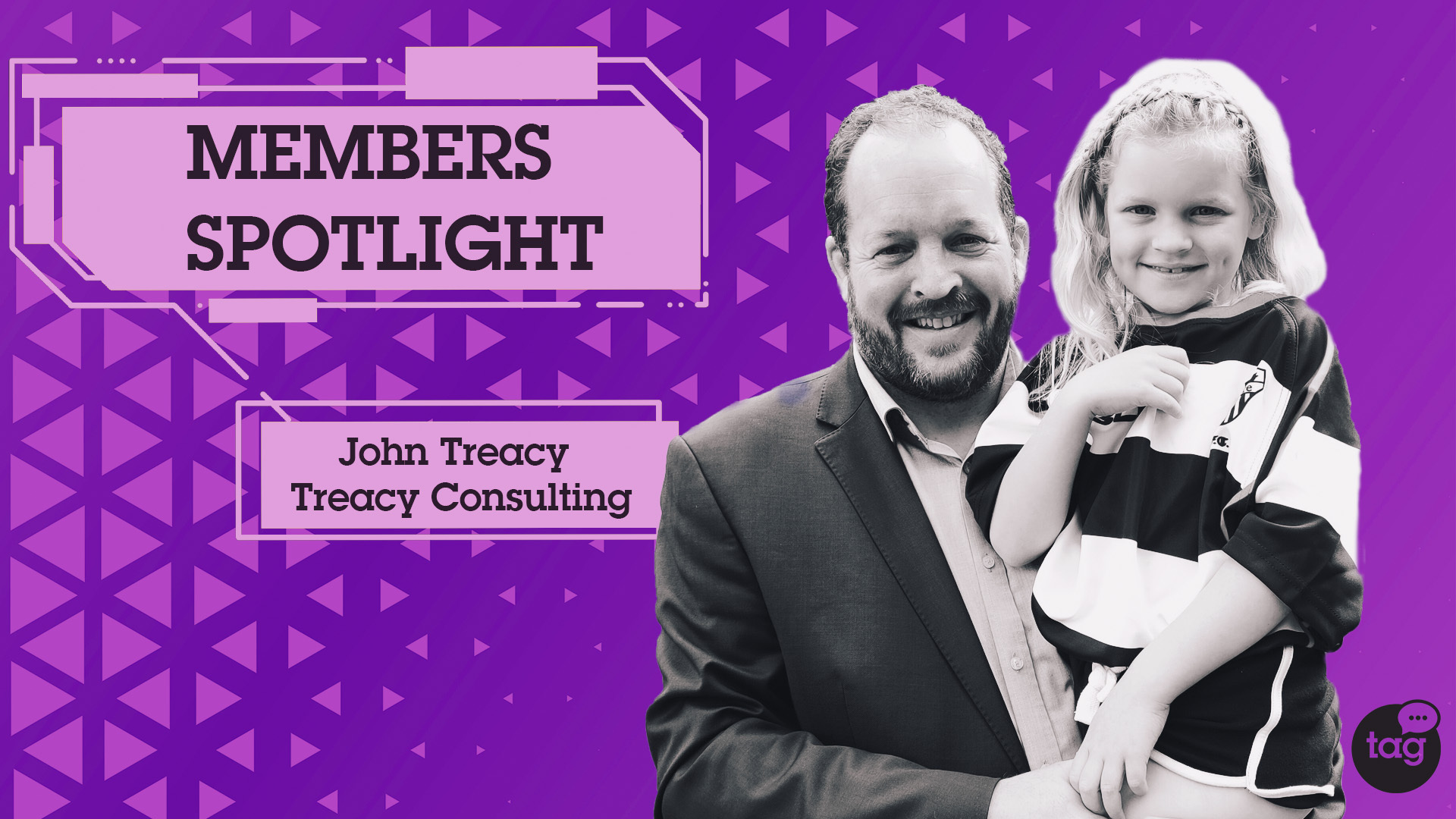
8
min read
The Key to Finding Success Through Work-Life Balance
At Talent Garden Dublin we have recently launched a new initiative called Members Spotlight! Because of Covid 19 our ...
Talent Garden
19/10/2020
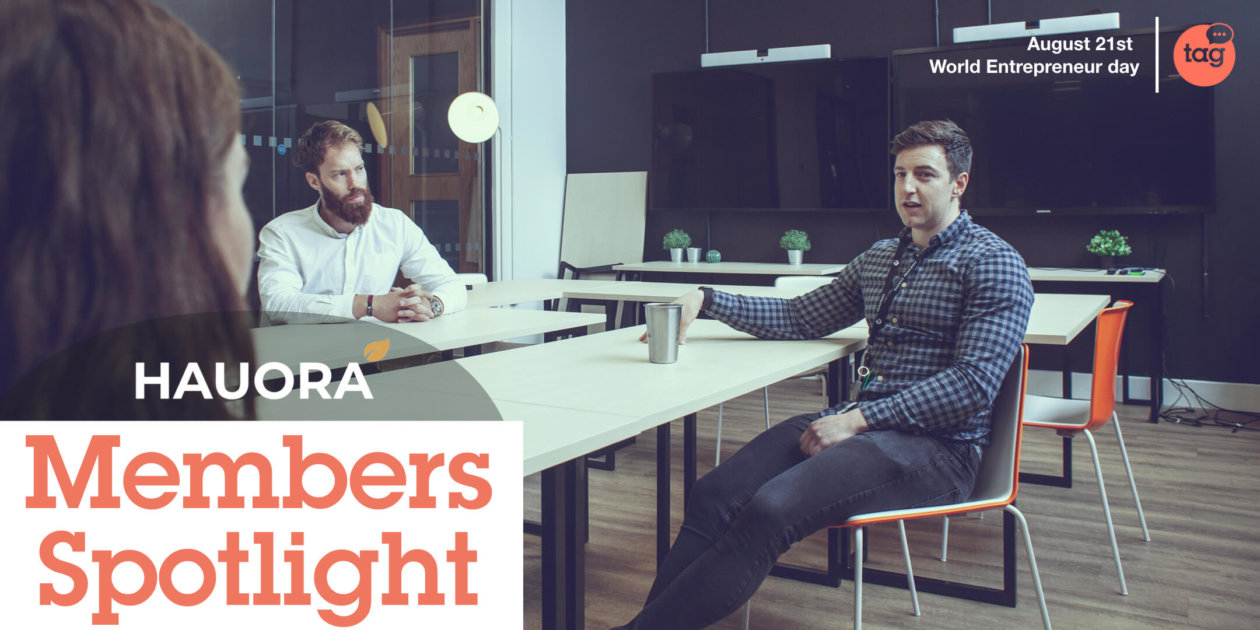
12
min read
Transforming Corporate and Sporting Sectors Through Wellbeing
At Talent Garden Dublin we are launching a new initiative called Members Spotlight! Because of Covid 19 our members can ...
Talent Garden
21/08/2020
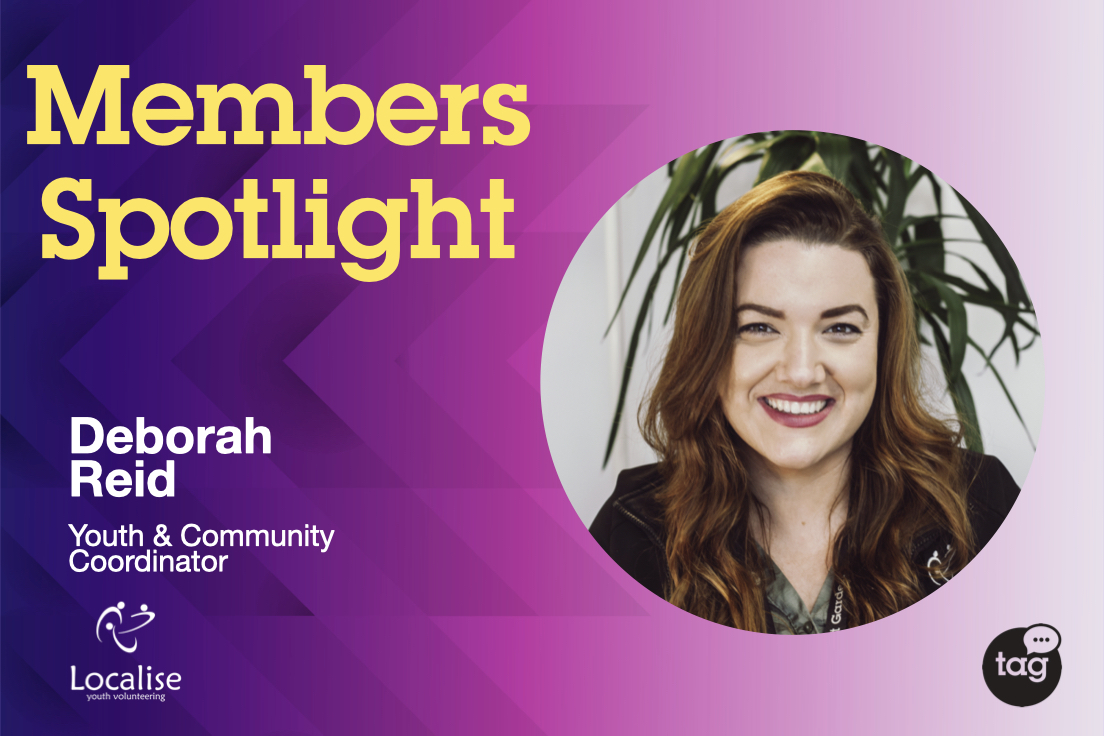
7
min read
Integrating Digital Transformation with Community Care
At Talent Garden Dublin we have launched a new initiative called Members Spotlight! Because of Covid 19 our members can ...
Talent Garden
30/11/2020
